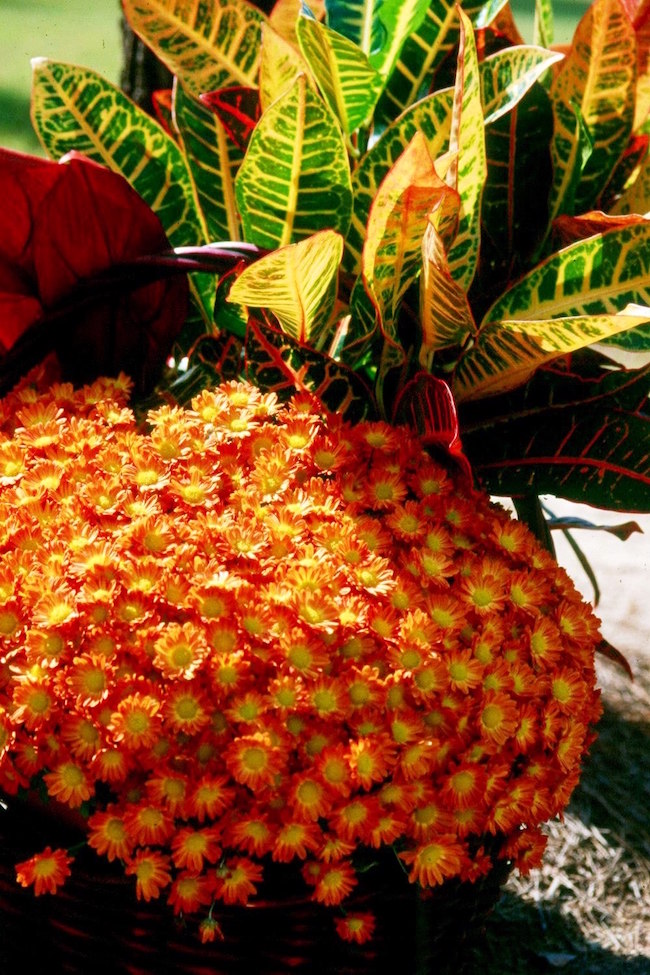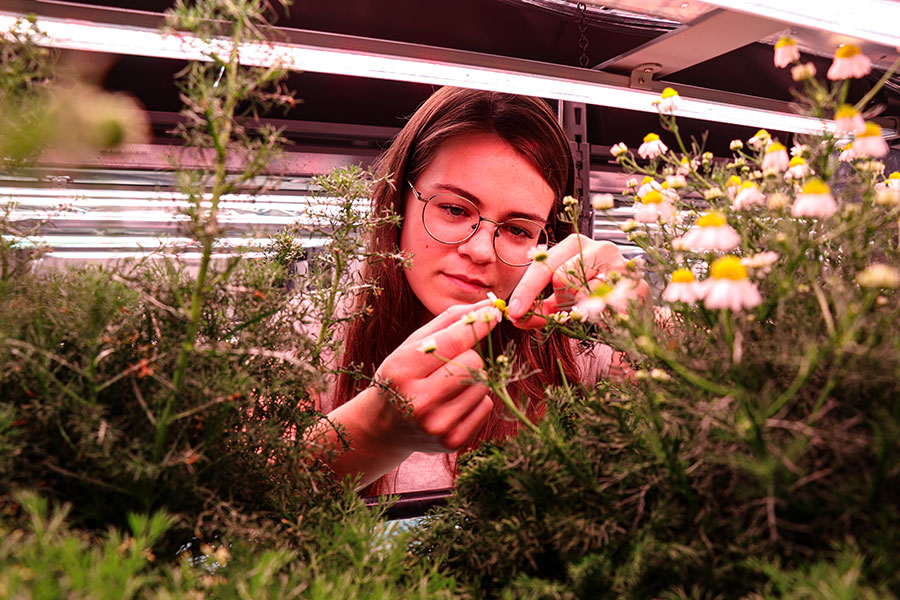It has been called the world’s most colorful shrub, which is certainly not an exaggeration. I have been in love with it ever since I made my first visit to the Caribbean 30 years ago. If you are a gardener, then you probably know the plant I am talking about — the croton.
Crotons are known botanically as “Codiaeum variegatum” and are native to Malaysia, Indonesia, northern Australia and western Pacific islands. As far as its family classification, it is a Euphorbiaceae, so it is related to copper plants and our wonderful Christmas plant, the poinsettia.
In the Caribbean and in its native habitats, you’ll see this somewhat woody perennial reach heights of more than 6 feet, giving a carnival-like atmosphere to wherever it is being grown. Here in Savannah, Georgia, and the South Carolina low country, I have never seen so many grown as annuals in the summer landscape. With that in mind, gardeners everywhere can do that, too.
For the amount of impact they give, crotons are certainly a good buy. Depending on the size you buy, they will reach 2 feet tall and perhaps a little wider. The heat and humidity prevalent in most of Georgia sets up the perfect conditions to allow them to thrive. Wherever I look, whether grown with elephant ears, hibiscus or the Hawaiian ti plant, crotons look festive and tropical.
You might be wondering why I’m touting this most amazingly beautiful tropical in September? The answer is opportunity. I don’t know if you have been to a garden center lately, but this time of year, crotons show up as special buys. I love this for a couple of reasons.
First, I love using crotons in partnership with Belgian mums to create a colorful fall display. I like them with pumpkins and asters, too. Let your creative genius come alive. There are no rules to follow on how to use tropical crotons, so buy several. Don’t be bashful.
As I write this, I am sitting in a large sunroom with a ton of glass and available light, which would be the perfect spot for not just the world’s most colorful shrub, but the world’s most colorful houseplant. In the landscape, croton needs fertile, organic, rich soil with good drainage. As an indoor houseplant, select a good, fluffy, humusy blend that contains controlled-release fertilizer.
Indoors, croton needs bright light with a moment or two of direct sun. In the landscape, they thrive anywhere other than pure shade. The sunlight stimulates an incredible display of color. As a houseplant, keep croton amply moist, but never soggy or wet. If your room has low humidity, consider placing the container on a saucer of wet gravel.
The croton is cold hardy to zones 10 and 11 and, in these locales, they would be spaced 3 to 4 feet apart. If you are going to use them as annuals, like in my region, mass or cluster them together 18 to 24 inches apart for the showiest display.
There are a number of selected varieties and types of leaf shape and size, but you will be buying generically. You have to agree that a plant with large, glossy, waxy leaves and every shade of gold, yellow, green, red and pink is simply too mesmerizing to overlook.
I hope you take this opportunity to use croton in your fall décor. And, next spring, their addition to your landscape will shock your neighbors, friends and relatives.
Follow me on Twitter @CGBGgardenguru. Learn more about the University of Georgia Coastal Botanical Gardens at the Historic Bamboo Farm at >www.coastalgeorgiabg.org.









